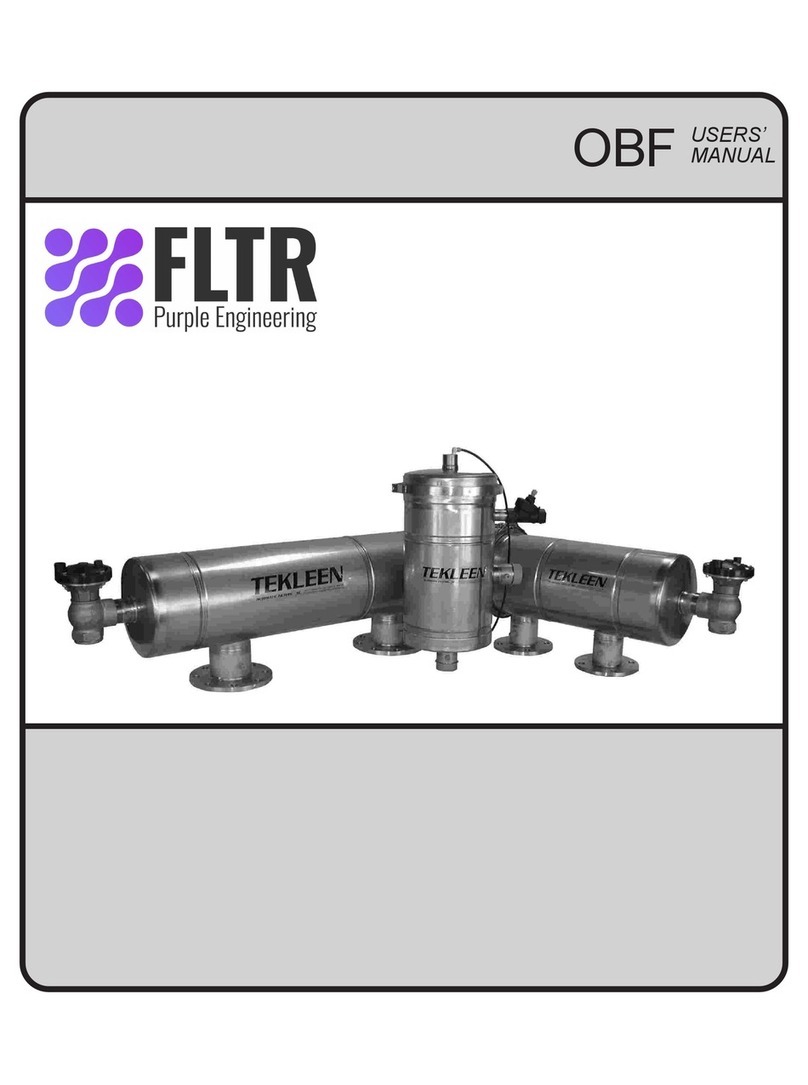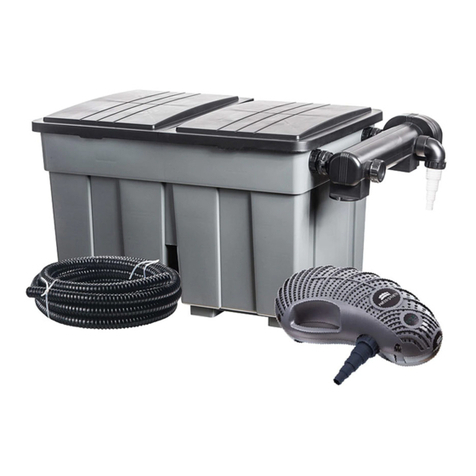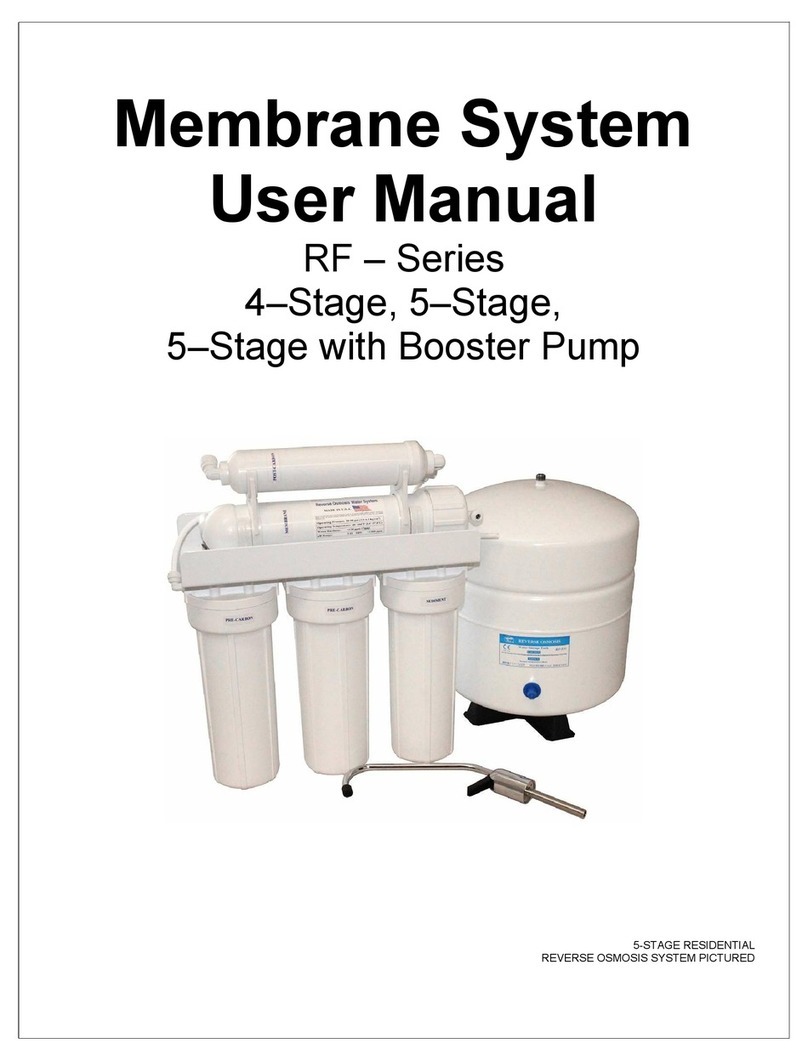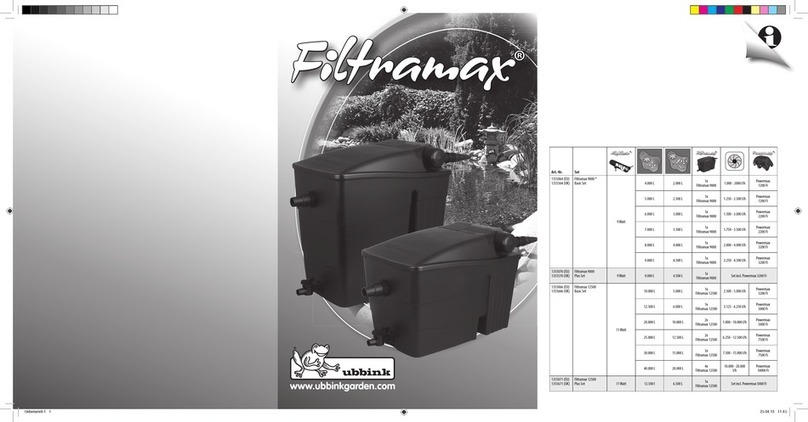
4
manufacturer’s technical information to determine whether or not this equipment is capable of
being terminated by 50 ohms. When termination is used a reduction of available signal will occur.
This is due to the load and source impedance being matched thus reducing the signal available
by half. The LPF-100 has enough gain to overcome this loss. As shipped from the factory the unit
is adjusted for unity gain. To increase the gain, simply adjust the front panel control of each
output for proper level feeding the exciter.
The unit as configured from the factory is set to accept 120 Volts A.C. 60 Hertz electrical power.
To change the power setting, first remove the power cord from the power entry connector. Slide
the plastic cover to the left and with a pair of long nosed pliers carefully remove the power select
p.c. board from the power entry module. Select the desired power configuration by placing the
power entry p.c. board back into the module so that the desired power setting can be read from
left to right.
B. Location and Hookup Considerations
Locate the LPF-100 in a 19-inch E.I.A. standard rack enclosure in close proximity to the
equipment that it is going to interface between. Allow sufficient airflow space between equipment
to allow for proper cooling. It is important that the cables being fed from composite sources such
as stereo generators and STL receivers be kept as short as is practical. The LPF-100 can drive
lines at least as long as 25 feet with no degradation of signals. It is advisable to keep all cable
lengths as short as possible to prevent stray R.F. pick up.
C. Composite Connections and Adjustments
Make all desired input and output connections to your external equipment. Make sure that the
LPF-100 is plugged in to a properly grounded A.C. receptacle. If possible, interrupt the audio
feeding the LPF-100 and measure the signal to noise ratio with a suitable voltmeter. If the noise
measurement obtained is acceptable you can proceed to the final adjustment of the unit. If the
noise is high there may be stray R.F. pick up or a ground loop. It is a good idea to listen to the
system with a suitable audio monitor to determine the source of the noise. Hum is a common
noise present. If hum is present, start by removing one cable at a time to determine the source of
the ground loop. If the hum disappears or changes level when a cable is disconnected, a loop
exists between the LPF-100 and the equipment at the other end of the cable removed. This will
generally not happen with an input unless the unit has been configured for unbalanced operation.
If this is the case, try the balanced input mode of operation. If a ground loop is present between
the LPF-100 and an exciter or STL, feed the LPF-100 to a balanced input. Most modern exciters
accommodate balanced cables.
Note: Do not feed SCA, RBDS signals through the LPF-100 as they will be attenuated. The LPF-
100 is intended only for stereo base band signals. You must plan the routing of SCA and/or
RBDS signals around the LPF-100 for proper injection level to the exciter.
D. Composite Loop Out Connection
The LPF-100 is equipped with a loop out connection. The signal present at this connection is
the signal fed to the input of the unit before filtering. This connection is provided if it is desired to
have an unfiltered signal source available. It is recommended that if this output is used that the
input termination switch be left up in the bridging position.
E. Stereo Generator Alignment
Once the connections have been completed to the unit it is recommended that the respective
manufacturers’ instructions for aligning the stereo generator be followed. Addition of the LPF-100


























